

Max Davies
How Audi, BMW, Honda, Mercedes-Benz, and Suzuki started out in Australia, and where they are now
15 Hours Ago
Despite being the right size, the Mitsubishi Xforce isn't ready to replace the venerable ASX crossover in Australia just yet.

Contributor
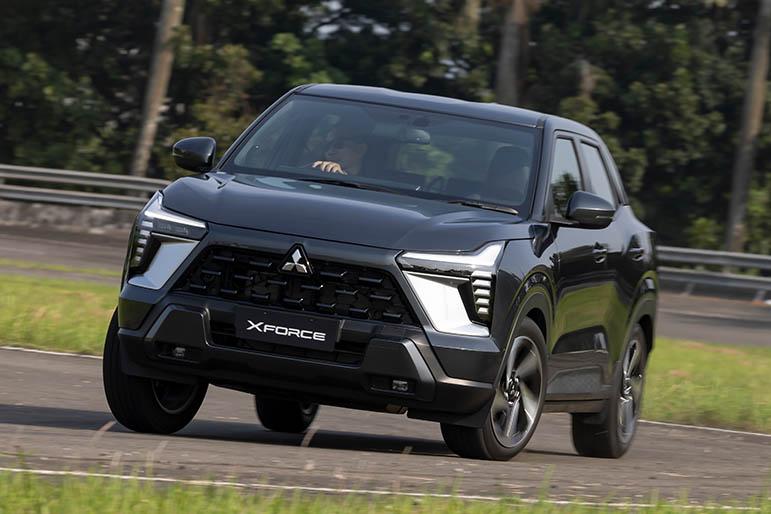

Contributor
The 2024 Mitsubishi Xforce has been revealed in Tokyo as a new, ASX-sized SUV for south-east Asia.
But despite being the right size to take up the mantle from the now 13 year-old ASX in Australia, the Xforce hasn’t been locked in for a local debut as it’s been designed to meet the more lenient crash and emissions standards of markets such as Thailand.
Mitsubishi is expected to make a decision about what will replace the ASX before the end of 2023. It’s currently weighing a version of the Xforce that’s been upgraded to meet Australian standards, or a rebadged product from within the Renault-Nissan-Mitsubishi Alliance – likely a Renault Captur.
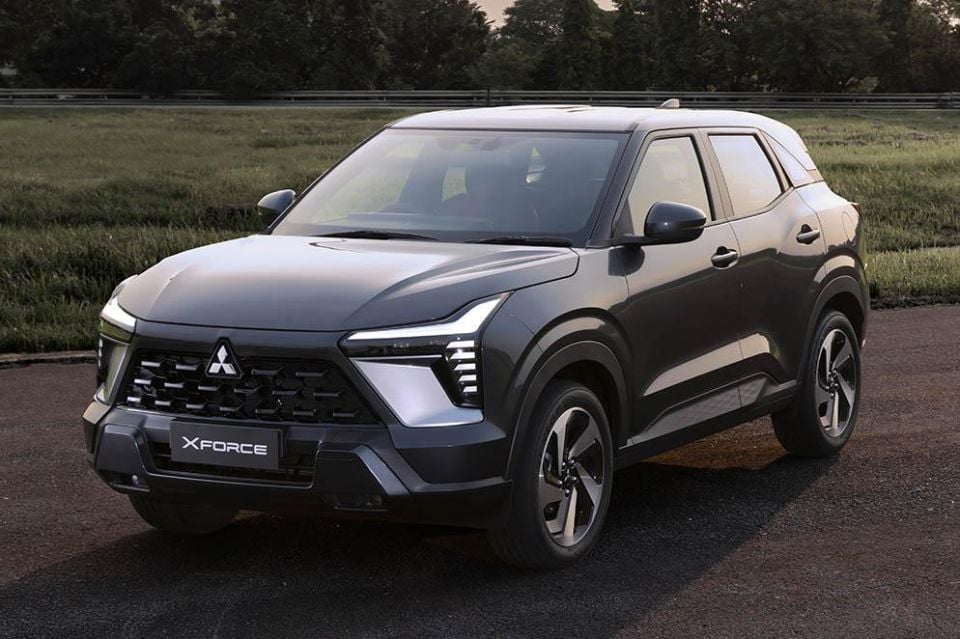
At 4390mm long, 1810mm wide, and 1660mm tall on a 2650mm wheelbase the Xforce is 25mm longer, 20mm taller, and an identical width to the current ASX, on a 20mm shorter wheelbase.
Power comes from a naturally aspirated 1.5-litre four-cylinder petrol engine making 77kW of power and 141Nm of torque. It’s mated with a CVT automatic, and is front-wheel drive
Inside, the Xforce features a 12.3-inch touchscreen infotainment screen and an 8.0-inch driver display, the former of which can be set up to mimic the off-road gauges from the legendary Pajero off-roader.
Apple CarPlay and Android Auto feature, as you’d expect.
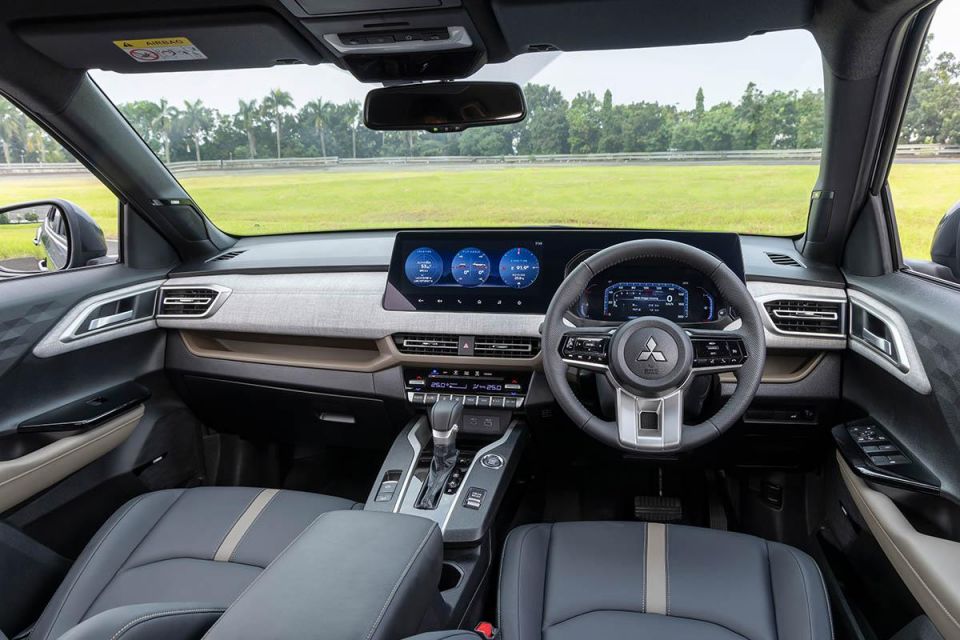
Mitsubishi says there’s space for 21 (!!) 600ml bottles around the cabin, and the centre console features air-conditioning to keep your drinks cold on hot days.
Wireless phone charging features, along with USB-A and USB-C ports for front and rear passengers.
Boot space figures haven’t been provided, but the rear bench folds 40/20/40 to make more space for bulky items.
Given its focus on developing south-east Asian markets, Mitsubishi says the Xforce has been designed with soft-roading in mind.
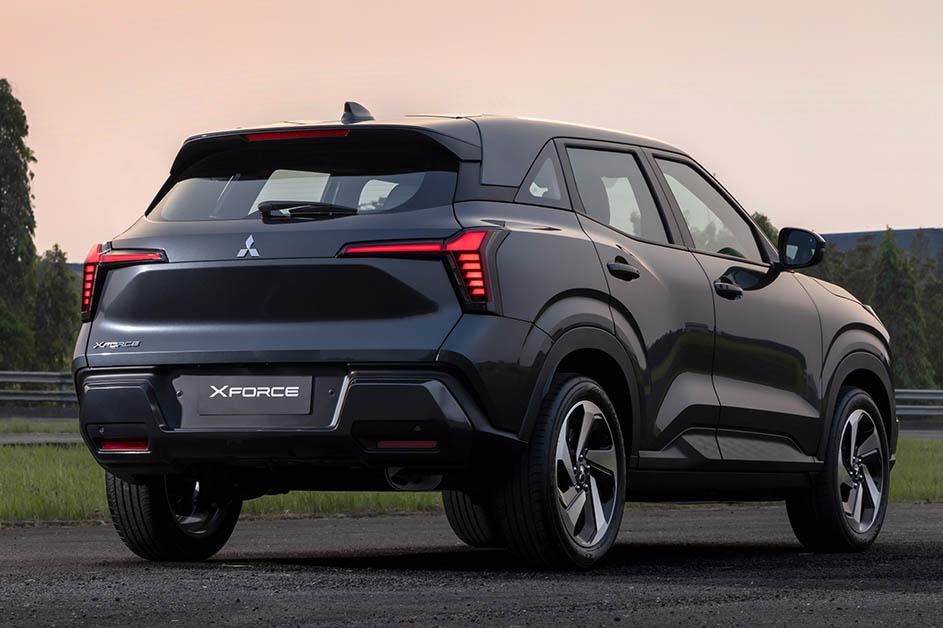
It has 222mm of ground clearance, in line with a Subaru Crosstrek (220mm), and approach and departure angles of 21 and 30.5 degrees respectively.
The current ASX, which accounted for more than 15 per cent of Mitsubishi sales in Australia during 2022, has been on sale locally since 2010. It’s been treated to multiple styling and tech updates, but is now around five years beyond the point most vehicles would be replaced by a ground-up new car.
Were it to be discontinued, the Eclipse Cross (or its replacement, which is coming in at least some parts of the world) would be forced to serve as an entry point to the Mitsubishi SUV range locally. Currently, the ASX outsells it two-to-one.
If it’s not to bring a version of the Xforce to Australia, Mitsubishi may be forced to sell a rebadged Renault Captur as an ASX. The Captur is currently sold in Australia, so it meets local emissions and safety standards, and it’s built in right-hand drive.
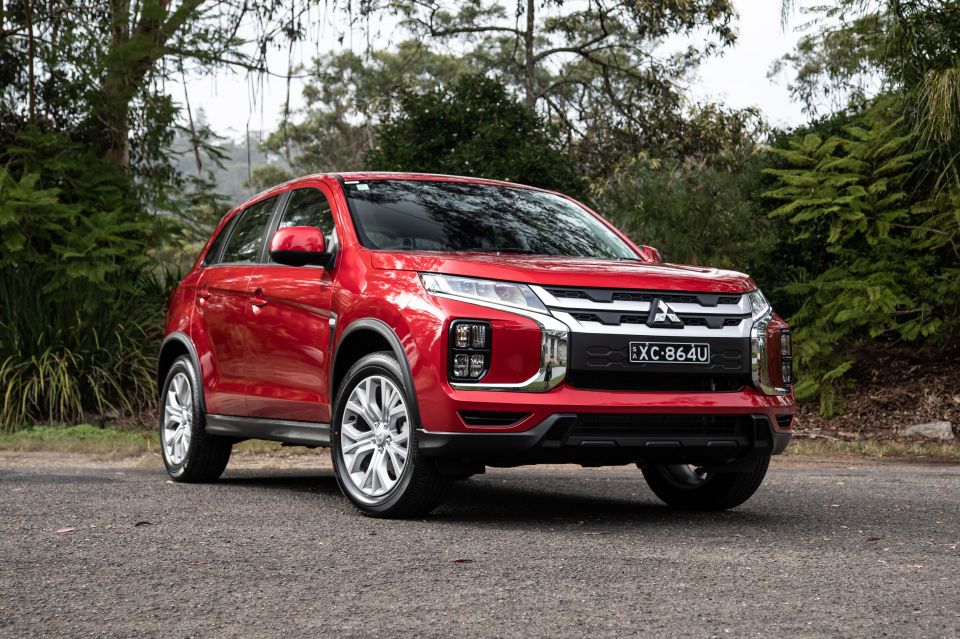
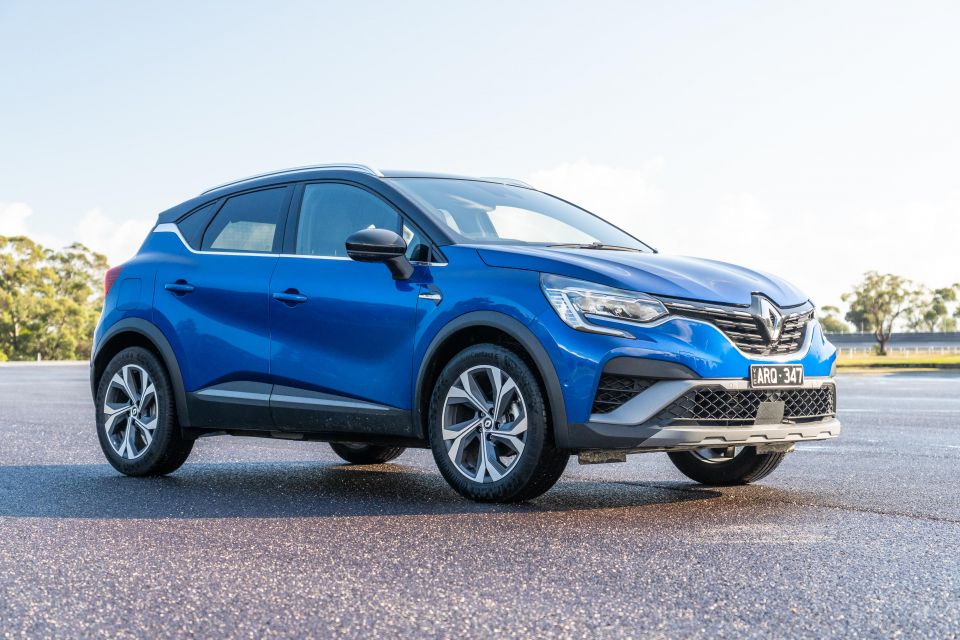
The challenges Mitusbishi faces with that approach are twofold, however.
The first is convincing its Alliance partner at Renault to build the rebadged Captur in right-hand drive for Australia in sufficient volumes; the second is selling it.
The Captur is a fundamentally different vehicle to the current ASX, competing at a different price point. Mitsubishi is inching upmarket with the Outlander SUV, which is bigger and more expensive than the car it replaces, and is likely to do similar when the new Triton launches.
But core to the ASX’s appeal is value. The current range is priced between $23,990 and $34,740 before on-roads, where the Captur kicks off at $31,800 and extends to $41,300 before on-roads.
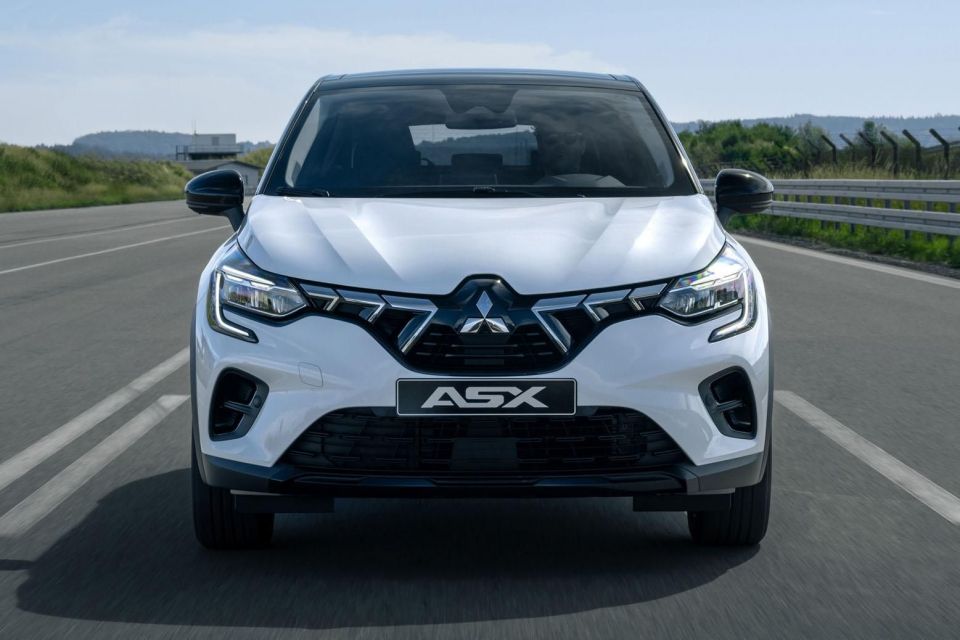
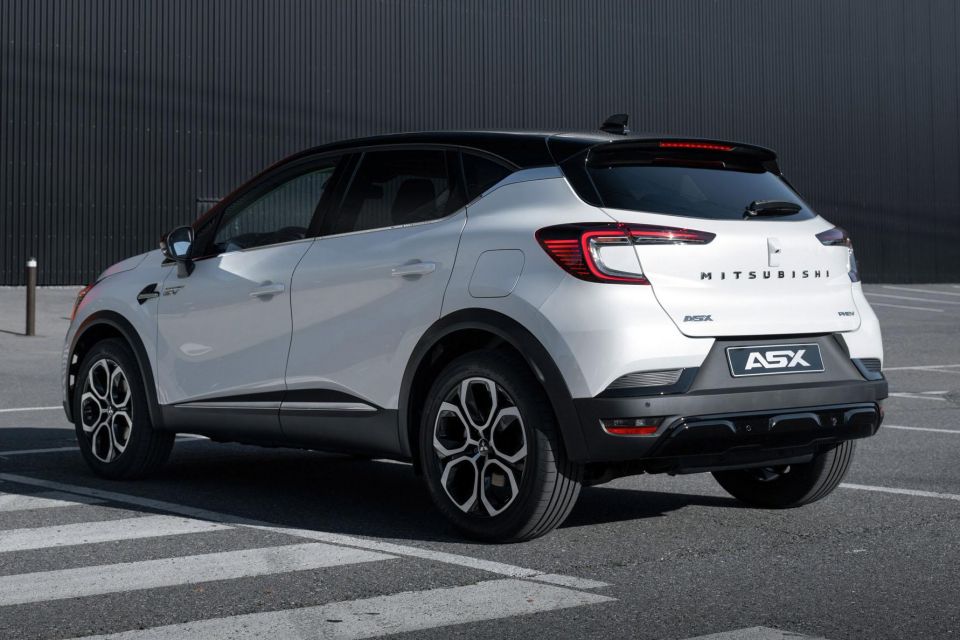
Mitsubishi has also been burned before with rebadged Renault products in Australia.
The Express van was a rebadged Renault Trafic introduced to Australia in 2020 by Mitsubishi, and discontinued in the middle of 2022. Shortly after launch, it was slapped with a zero-star ANCAP safety rating due to the absence of safety assist features now common in rivals.
In spite of that, Namiki-san is confident buyers will warm to a rebadged Alliance product wearing the ASX badge provided “the product itself is a good one”.
Where expert car reviews meet expert car buying – CarExpert gives you trusted advice, personalised service and real savings on your next new car.
Scott Collie is an automotive journalist based in Melbourne, Australia. Scott studied journalism at RMIT University and, after a lifelong obsession with everything automotive, started covering the car industry shortly afterwards. He has a passion for travel, and is an avid Melbourne Demons supporter.


Max Davies
15 Hours Ago


William Stopford
15 Hours Ago


Derek Fung
16 Hours Ago


Max Davies
23 Hours Ago


William Stopford
2 Days Ago


Ben Zachariah
2 Days Ago